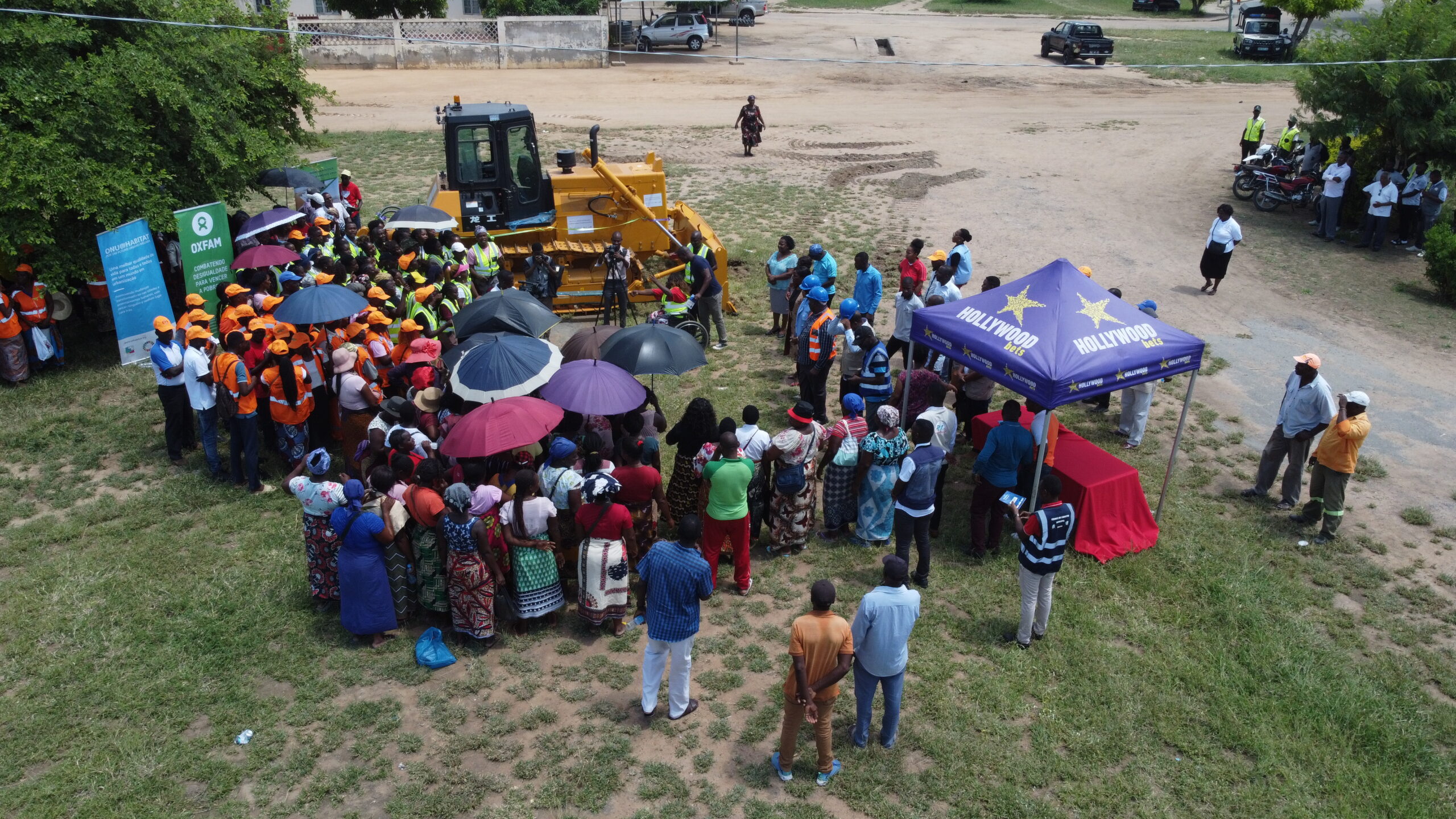City RAP Tool was discussed in a panel at Resilient Cities 2016 forum
DiMSUR’s urban resilience tool, the CityRAP, was presented during Resilient Cities 2016 forum at the German city of Bonn in July. Member of DiMSUR team and UN Habitat international consultant, Katharina Rochell, introduced the CityRAP Tool to a group of majors, authorities and urban experts during a panel discussion.

The City Resilience Action Planning (CityRAP) Tool, developed jointly by the Technical Centre for Disaster Risk Management, Sustainability and Urban Resilience (DiMSUR) and UN-Habitat was firstly introduced to the audience and then its outcomes were discussed. The audience also discussed priorities, gaps and opportunities for small and intermediate cities in Sub-Saharan Africa to reduce risks and build resilience to a multitude threats.
Innovative approaches, such as the CityRAP Tool, are seen as important mechanisms to build local capacity for urban climate change adaptation and risk reduction. CityRAP Tool’s participatory methodology has a positive impact in advocating for equity and inclusiveness for all urban dwellers and addressing the main challenges and opportunities linked to some fundamental common characteristics to the cities of Sub-Saharan Africa, which are unprecedented urban growth, weak capacity, and vulnerability to climate change.
In parallel to the many urbanization challenges faced by Sub-Saharan cities, existing resilience tools are often too complex, data-hungry, and not adapted to the social and economic reality of these cities. However, CityRAP Tool provides a simple process that can be leaded by the local people themselves and adaptable to different cities’ realities. CityRAP aims to be accessible to the local human resources available: the city governments, municipality staff, and local communities. Moreover, CityRAP aims to be accomplishable by the cities, in terms of existing resources and the urban planning already taking place.
Furthermore, CityRAP Tool has proven to be well adaptable to the different realities faced by each city. The tool has being successfully adjusted to the needs of bigger cities with more capacity but still facing lack of awareness concerning disaster preparedness. For instance, CityRAP was recently implemented in Lideta, a sub-city of Addis Ababa in Ethiopia.
There was a consensus that efforts to tackle urban resilience must be in line with initiatives for Climate Change Adaptation, as CityRAP Tool. In the current scenario it is impossible to discuss Urban Resilience without tackling the importance of economical and social resilience all together. Disaster preparedness tools should focus not only on natural disasters and Climate Change Adaptation, but they have to look at all shocks and stresses that a city could face; including socioeconomic.
Approximately 150 speakers, 34 sessions and a number of side events made the Resilient Cities 2016 a platform for learning, sharing ideas, and creating solutions for urban issues.






